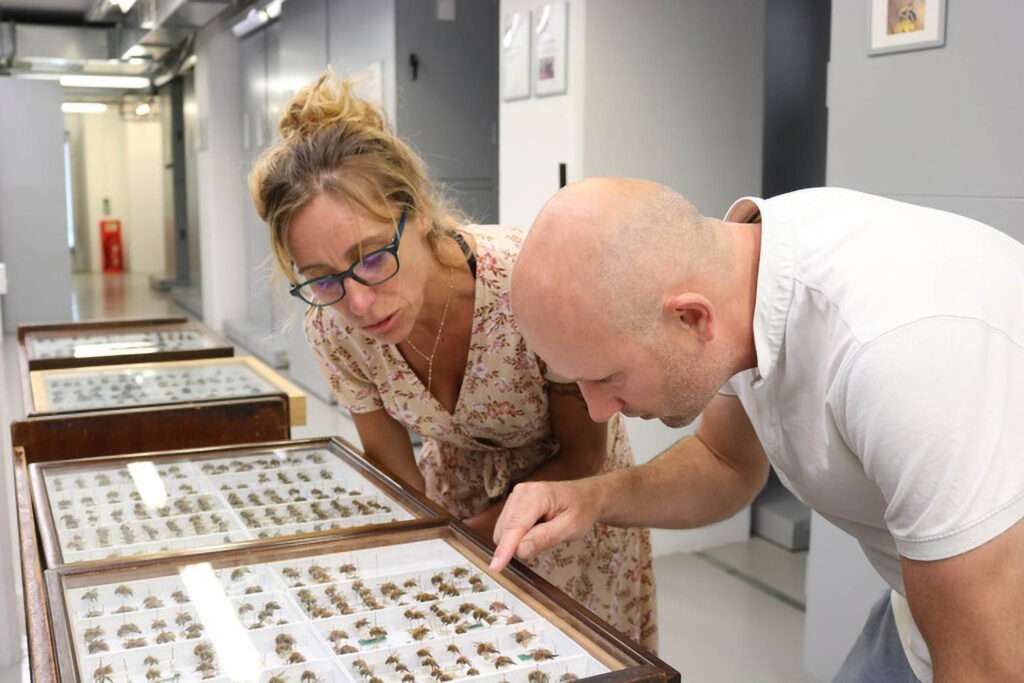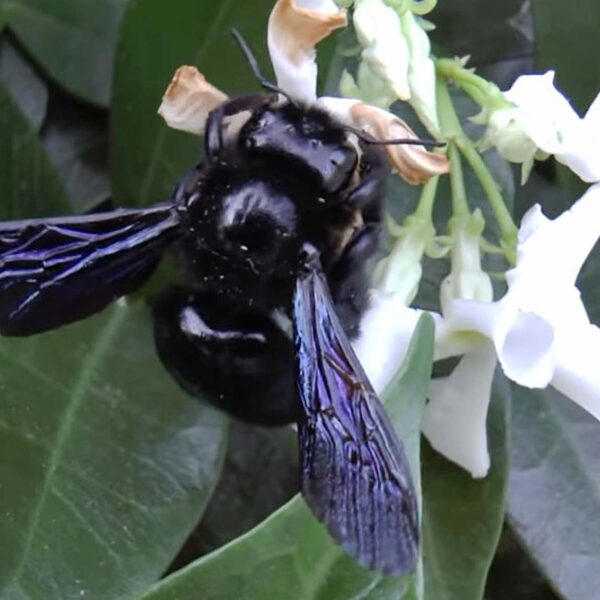Global warming has significantly affected the development of bumblebees, according to research by scientists in Great Britain.
Asymmetry in bumblebee wings is considered an indicator of stress on the insects which are an important part of the ecosystem due to their role as pollinators.

Researchers from the Imperial College London and the Natural History Museum analysing the United Kingdom’s bumblebee populations found that the social insects’ wings showed higher wing asymmetry in hotter and wetter years.
Strongly different shapes of their left and right wings indicate that the bumblebees experienced stress during development, according to the study which has been published in the Journal of Animal Ecology.
The scientists used digital images, considered average annual temperatures and rainfall records and examined the morphology of bumblebees from the Oxford University Museum of Natural History and the World Museum Liverpool among other museums.
The bee specimens investigated by the experts are dating back to 1900. According to the research group, the study could help to predict where and when the insects will be pressurised the most in the future.
Aoife Cantwell-Jones is a researcher at the Imperial College’s Department of Life Sciences. The study co-author said: “By using a proxy of stress visible on the bee’s external anatomy and caused by stress during development just days or weeks before, we can look to more accurately track factors placing populations under pressure through historic space and time.”

Co-author Dr Andres Arce – now a Lecturer in Wildlife, Ecology and Conservation at the University of Suffolk – added: “Our goal is to better understand responses to specific environmental factors and learn from the past to predict the future.
“We hope to be able to forecast where and when bumblebees will be most at risk and target effective conservation action.”
Bumblebees – which have round bodies that are up to 15 millimetres long – mainly exist in higher altitudes of the Northern Hemisphere. Their colonies consist of up to 200 animals and a queen.
Bumblebees only sting to defend themselves and their colony. Unlike the western honeybee, bumblebees are able to sting more than once.
Bumblebees are pollinators and therefore play a key role in ensuring biodiversity. They are among the many insect species that suffered population declines in the past few years due to climate change, the application of insecticides and habitat destruction by construction projects.

Senior author and Department of Life Sciences lecturer Dr Richard Gill warned: “With hotter and wetter conditions predicted to place bumblebees under higher stress, the fact these conditions will become more frequent under climate change means bumblebees may be in for a rough time over the 21st century.”










